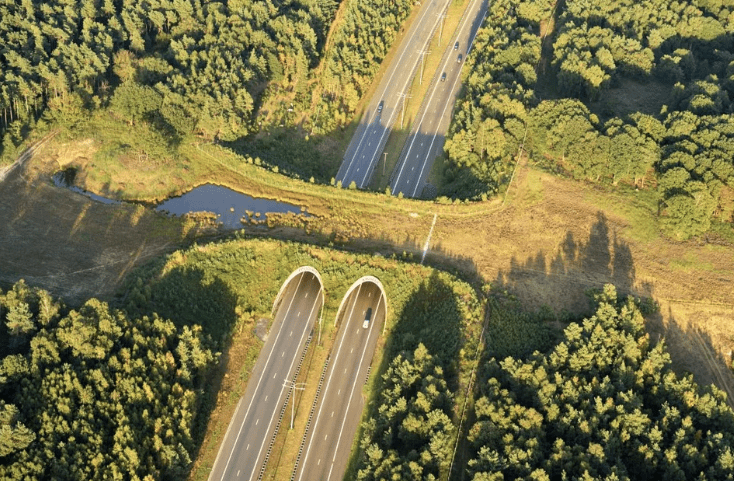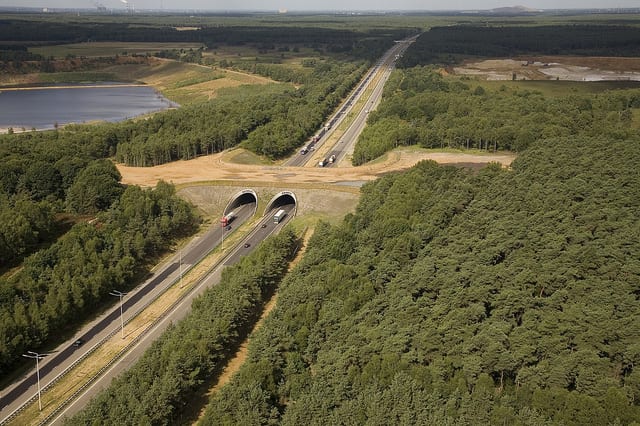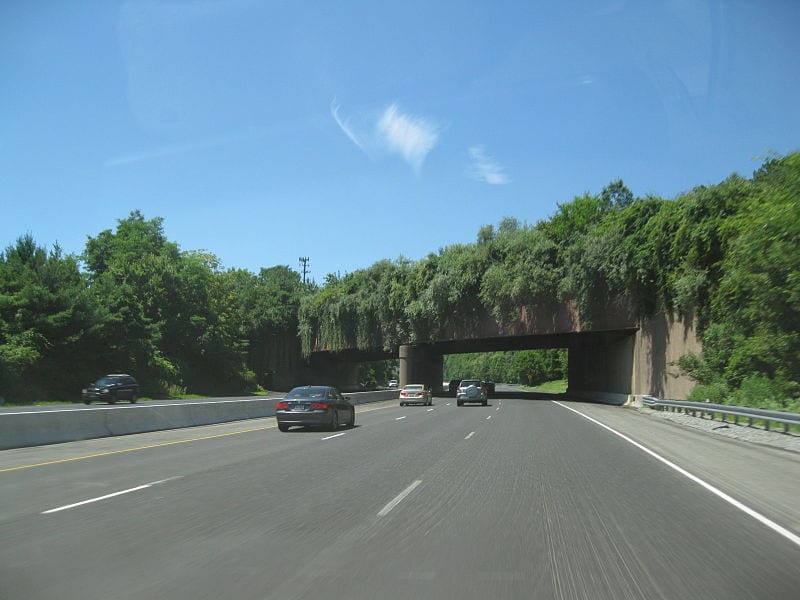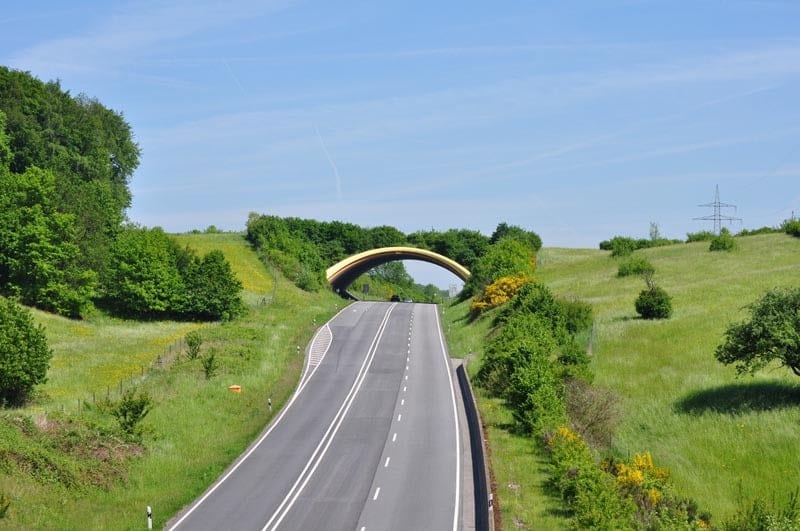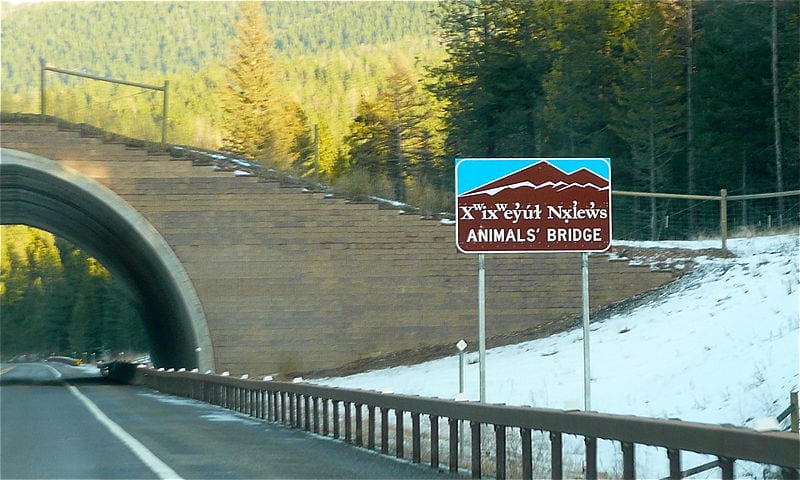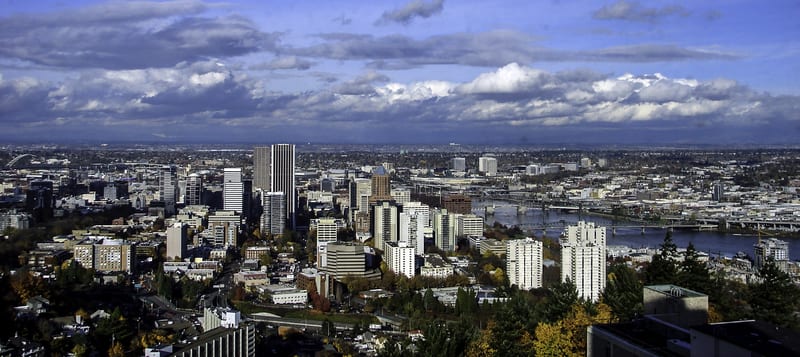The US/Mexico border has been the subject of some pretty hotly contested debates recently. However, that debate could potentially be settled by a group of 28 engineers from a dozen universities, who came together to propose a wall that they believe would make those who desire a wall happy while also emphasizing alternative energy.
The plan calls for a 2,000-mile industrial park along the border that would contain natural gas pipelines, solar energy panels, wind turbines, and desalination facilities.
What if the border wall could pay for itself? Twenty-eight scientists and engineers, including from Purdue, suggest building the world's largest industrial park to bring energy, water, and jobs to region. #TakeGiantLeaps #Purdue150 https://t.co/1OnbUKosBh
— Purdue University (@LifeAtPurdue) March 9, 2019
The group believes this could be a win-win situation: “Given that most of the southern border lies in arid or semi-arid regions having high solar irradiation and wind, an energy park along the border is both feasible and desirable.”
The engineers estimate that a solar energy park along the whole border would produce the same amount of energy as a nuclear power plant. The wall would also create scores of jobs and help to assist a positive relationship between the U.S. and Mexico based on mutual interests.

Photo Credit: Pexels
Luciano Castillo of Purdue University, the group leader, said, “Democrats want a Green New Deal. Republicans want border security. Both parties could win. It could be a win–win for the U.S. and Mexico, too. This idea could spark a completely new conversation about the border. And we need that.”
What do you think? Let us know in the comments.
The post Group of Engineers Proposed a Wall on the U.S./Mexico Border That’ll Pay for Itself appeared first on UberFacts.
